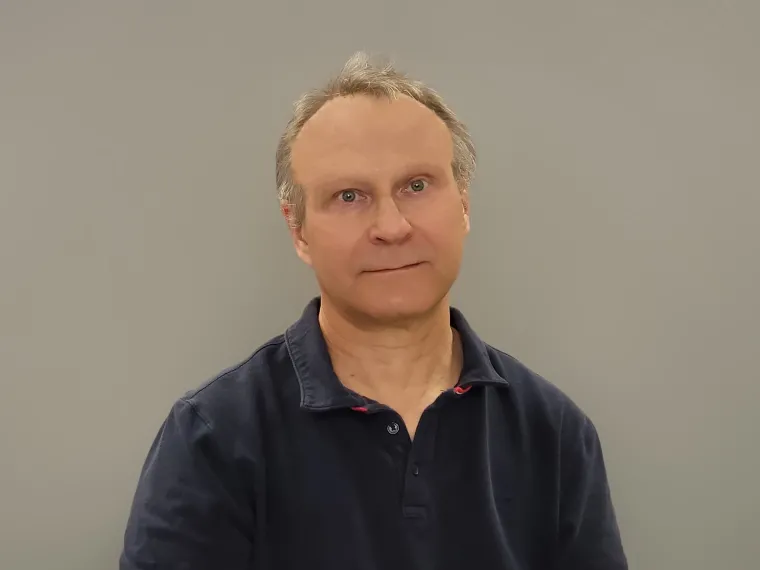Andrei Astachkine

Carl S. Marvel Laboratories, Room 216
Degrees and Appointments
- M.S. in chemical physics: 1982, Novosibirsk State University, Russia.
- Ph.D. in chemical physics: 1988, Institute of Chemical Kinetics & Combustion of the Russian Academy of Sciences, Novosibirsk, Russia.
- Trainee: 1982 – 1984, Institute of Chemical Kinetics & Combustion of the Russian Academy of Sciences, Novosibirsk, Russia.
- Research Scientist: 1984 – 1993, Institute of Chemical Kinetics & Combustion of the Russian Academy of Sciences, Novosibirsk, Russia.
- Postdoctoral Fellow: 1989, ETH Zürich, Switzerland.
- Postdoctoral Fellow: 1993-1995, Kwansei Gakuin University, Nishinomiya, Japan.
- Collaborative Scientist: 1995-1997, The Institute of Physical and Chemical Research (RIKEN), Wakōshi, Japan.
- Visiting Professor: 1997-1998, Kwansei Gakuin University, Nishinomiya, Japan.
- Research Scientist: 1998-2004, University of Arizona.
- Assistant Staff Scientist: 2004-2023, University of Arizona.
- Associate Staff Scientist: 2023-present, University of Arizona.
Specialties: Theory, methodology, and application of continuous-wave and pulsed EPR (including ESEEM, ENDOR, DEER, and RIDME), X-ray crystallography, powder XRD, EPR instrumentation design, application programming, and numerical methods.
epr facility PAGE Xrd fACILITY PAGE
Research Description
I manage the X-Ray Diffraction (XRD) and Electron Paramagnetic Resonance (EPR) Facilities. The research enabled by the XRD facility includes determining the structure of small molecules by X-ray crystallography and studying the properties of crystalline powders and thin films by powder XRD and X-ray reflectometry techniques. The EPR facility can perform both the simple characterization of paramagnetic centers by continuous wave EPR and the in-depth studies of weak electron-nuclear and electron-electron magnetic interactions by various pulsed EPR techniques. Typical applications include studies of the coordination environment of metal centers of enzymes (by ESEEM or ENDOR) or the structure of proteins (using spin labeling in combination with DEER or RIDME). Samples can be submitted to be studied by the facility staff or, alternatively, the students can be trained in instrument use and data analysis.






